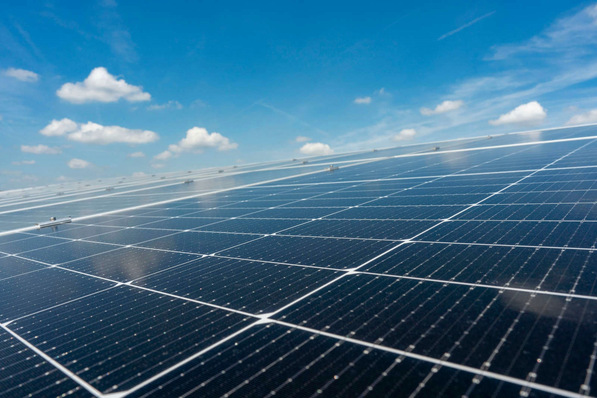The research highlights the total capacity of tracked sites in the pipeline stands at 38.7 gigawatts across 845 locations. The majority of projects are classed as ‘awaiting construction’, accounting for 22.9 gigawatts of the pipeline. Lucy Dolton, Analyst at Cornwall Insight, said:
“Unsurprisingly, more established technologies such as battery storage, solar PV, onshore and offshore wind currently dominate those projects progressing to ‘awaiting construction’, but also to ‘under construction’ and ‘operational’ development statuses. Of the 38.7-gigawatt pipeline, the data shows 3.2 gigawatts have confirmed Transmission Entry Capacity (TEC) to connect to the system. A further 66 per cent is forecasted to connect at the transmission level, if developed, with the remaining 33 per cent at distribution level."
Ms Dolton went on to say: “Standalone battery is a key pipeline technology, accounting for the largest share by technology type in 8 out of 14 DNO regions, followed by solar PV. Offshore wind is expected to dominate transmission connections, but, notably, more large-scale onshore wind and even solar PV assets are likely to seek transmission connections. This is likely due to the economies of scale new sites are looking to achieve, especially those going subsidy-free. Integral to the development of the pipeline is the presence of confirmed routes to market. At present, our analysis indicates two confirmed Power Purchase Agreements (PPAs), both of which are associated with subsidy-free solar projects. Ten sites have Corporate PPAs (CPPAs) associated with mostly rooftop and ground-mounted solar sites, with two major onshore wind developments recently added.” (mfo)







